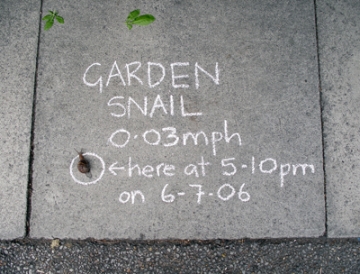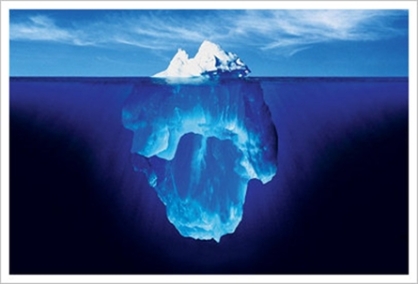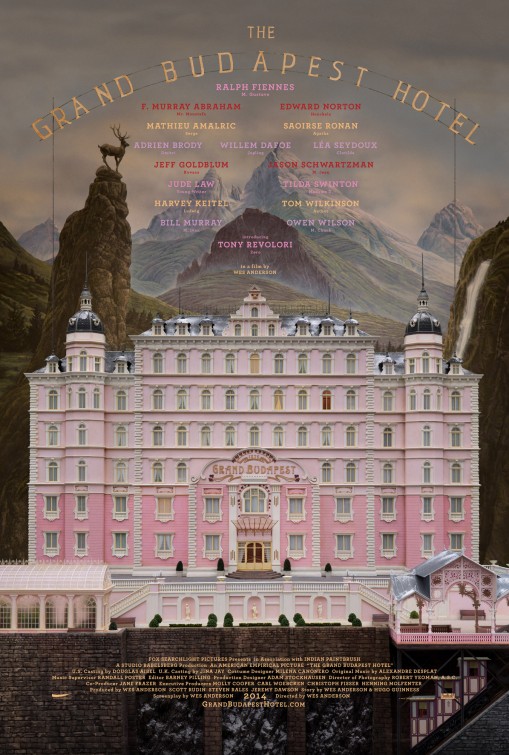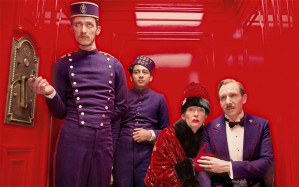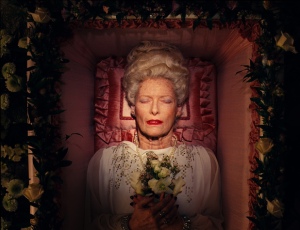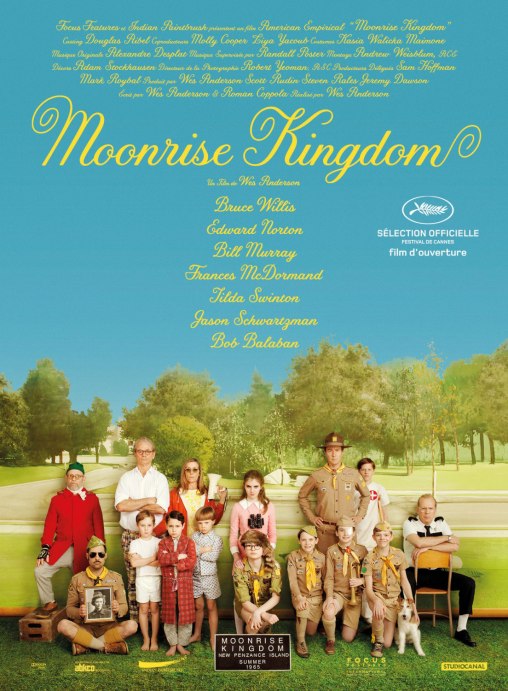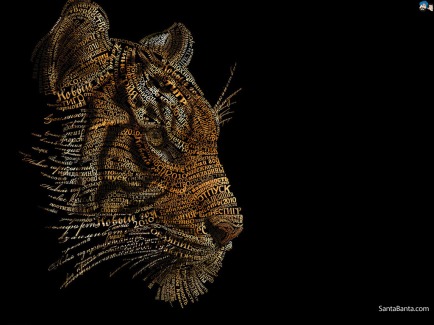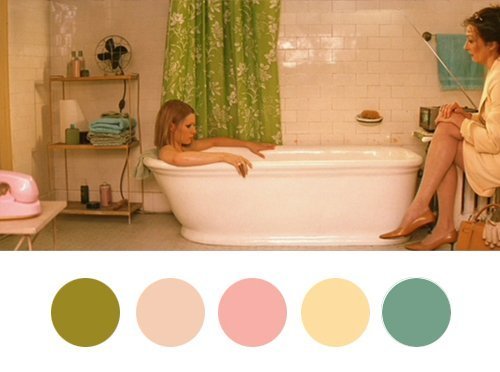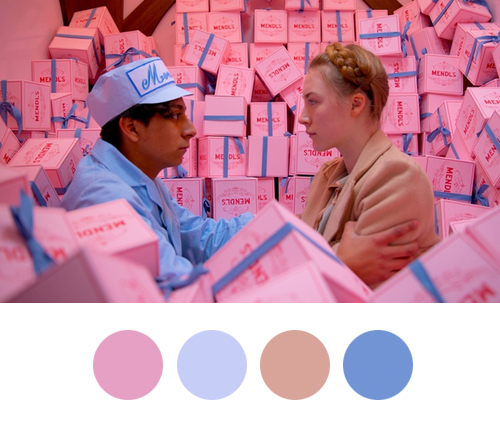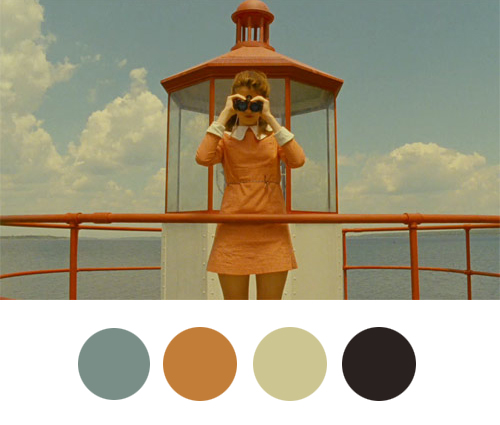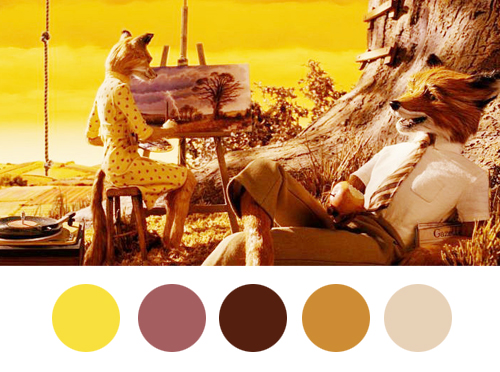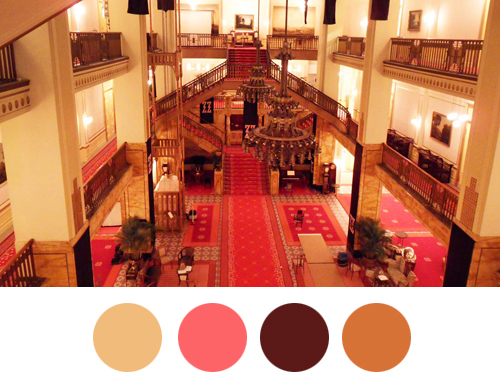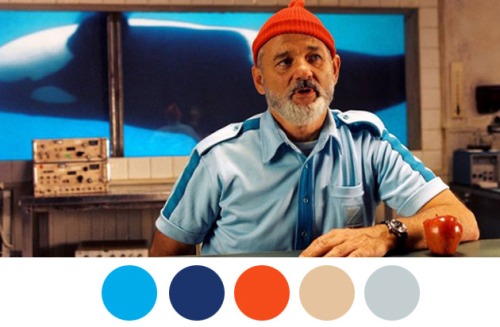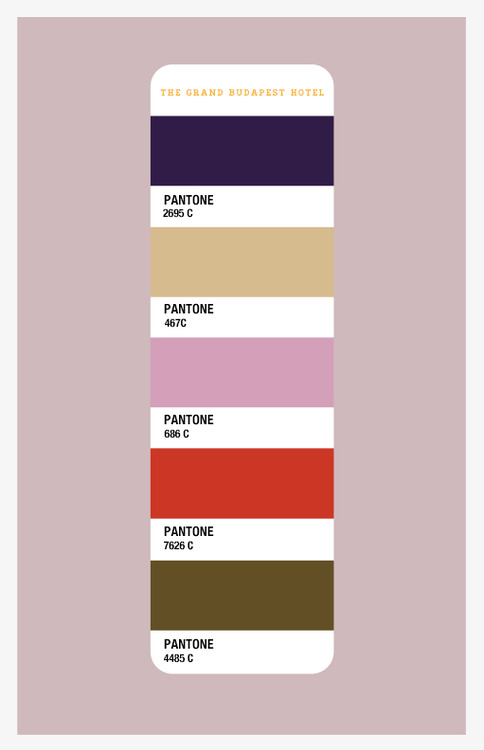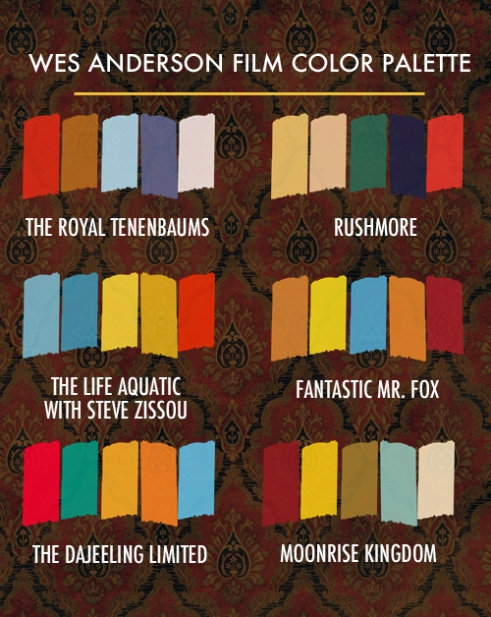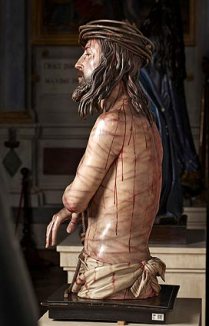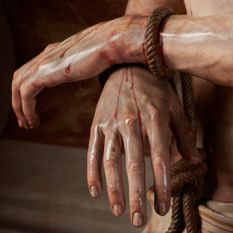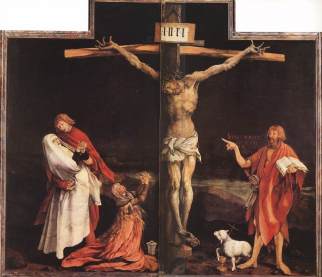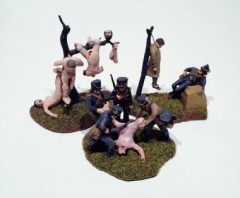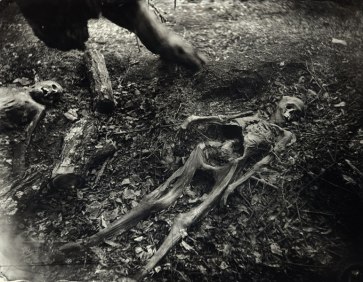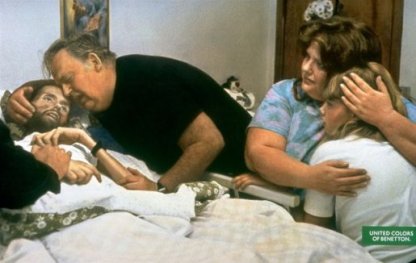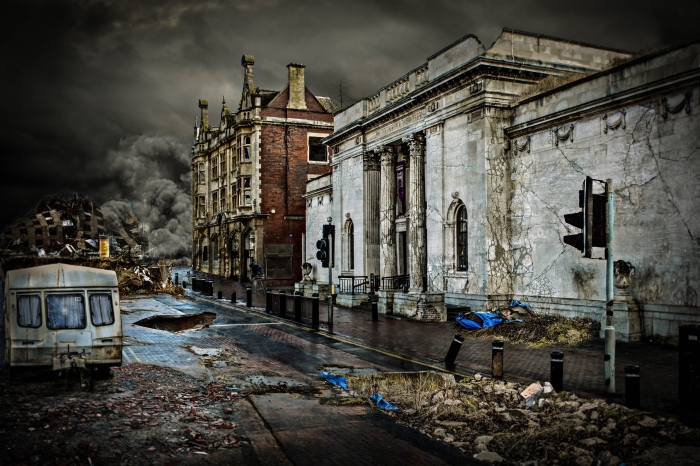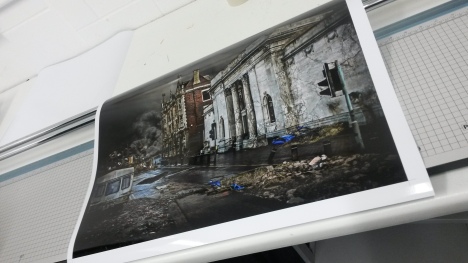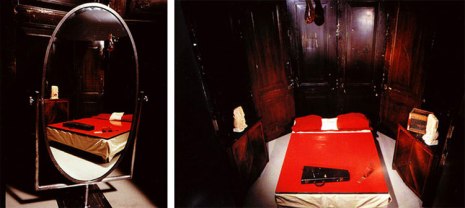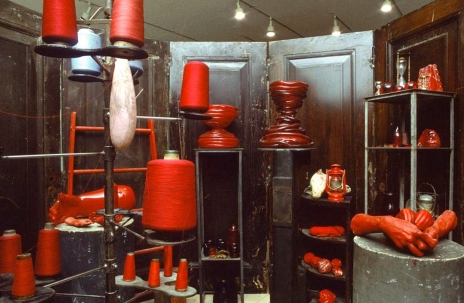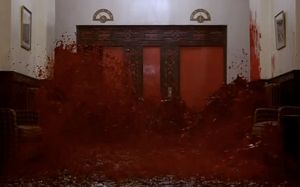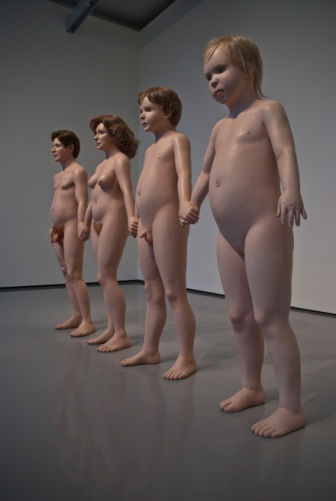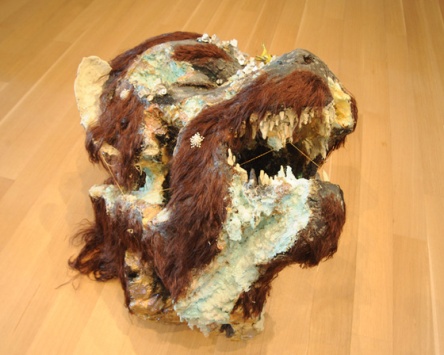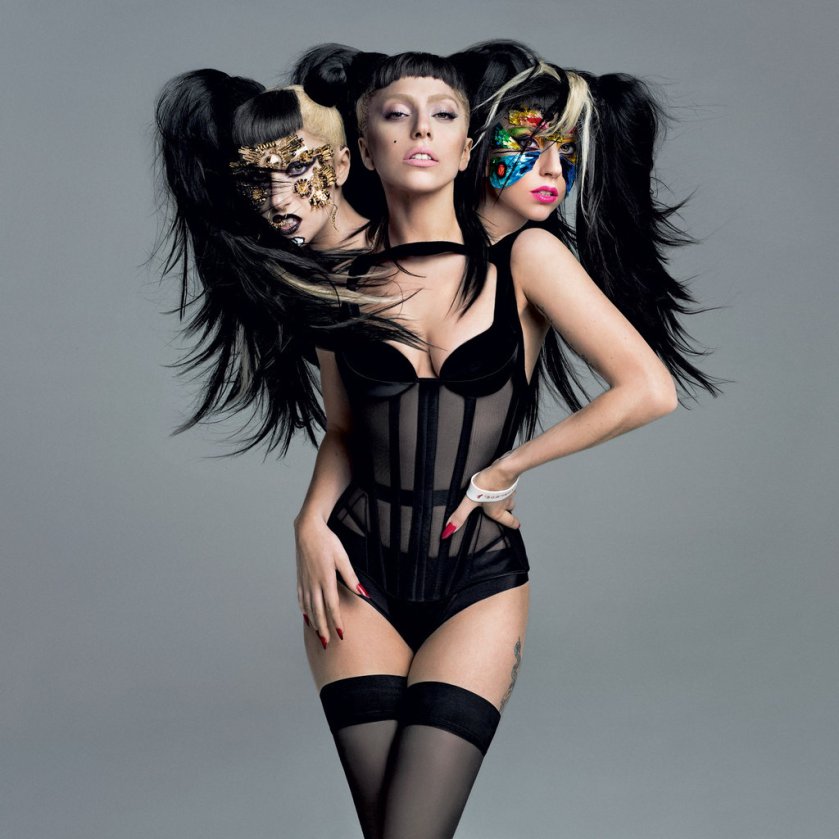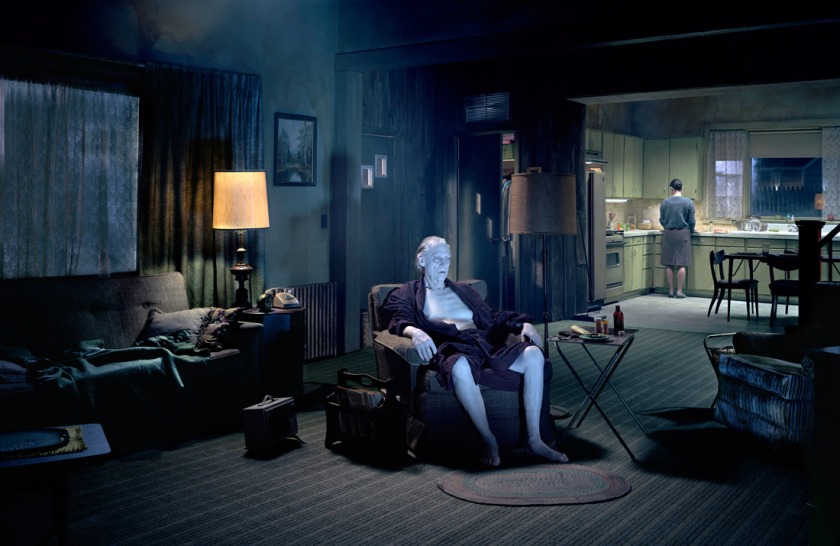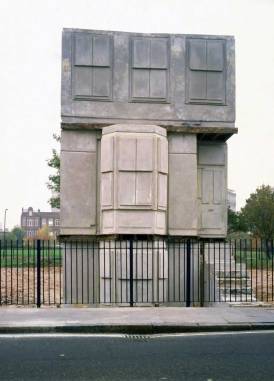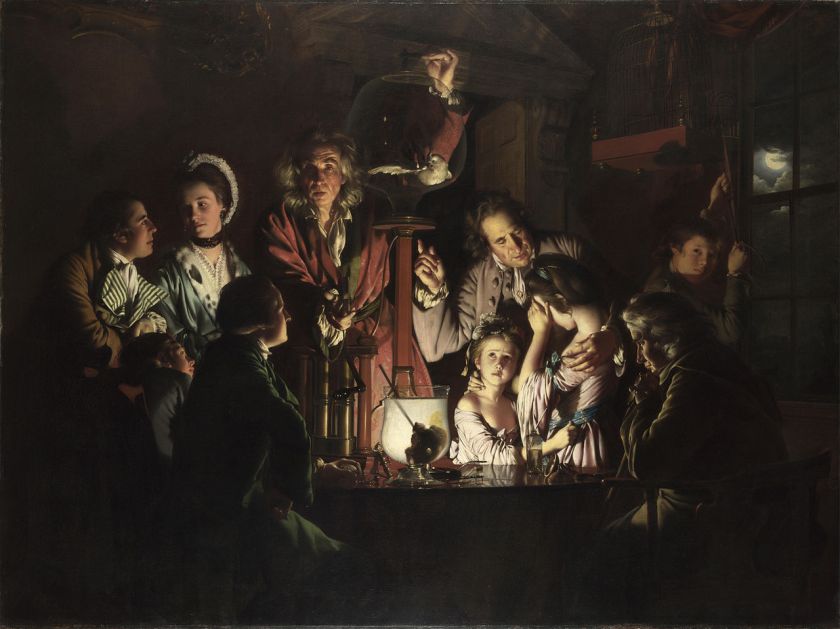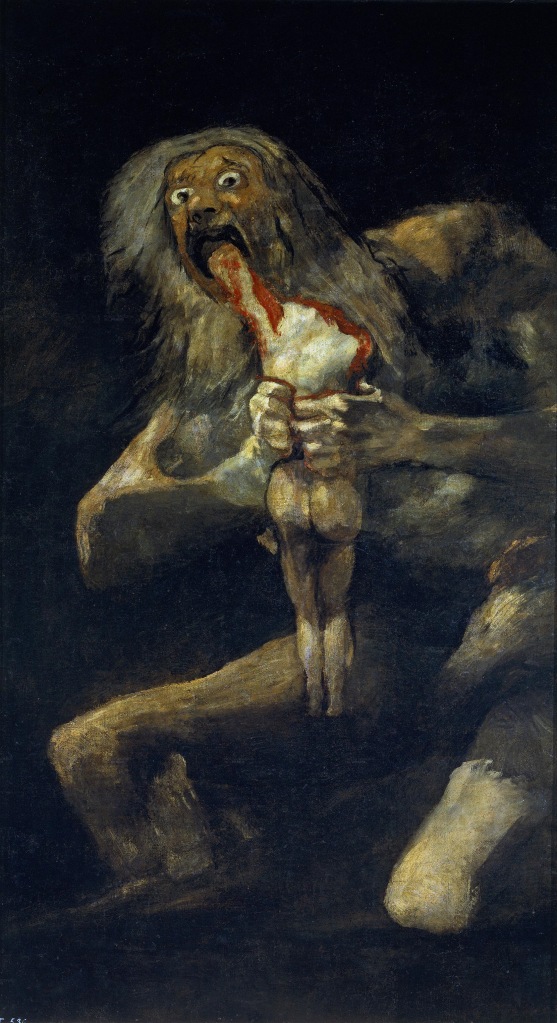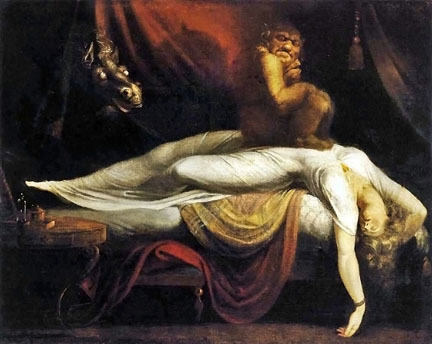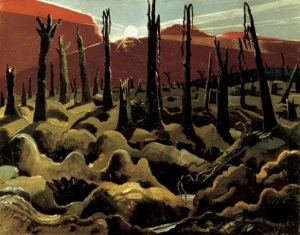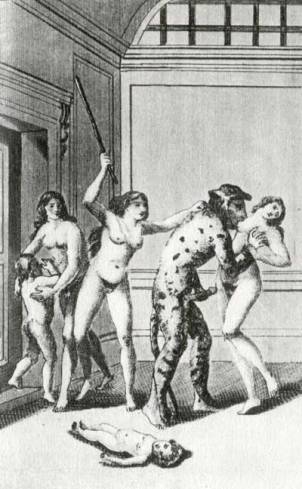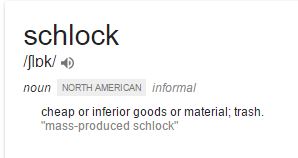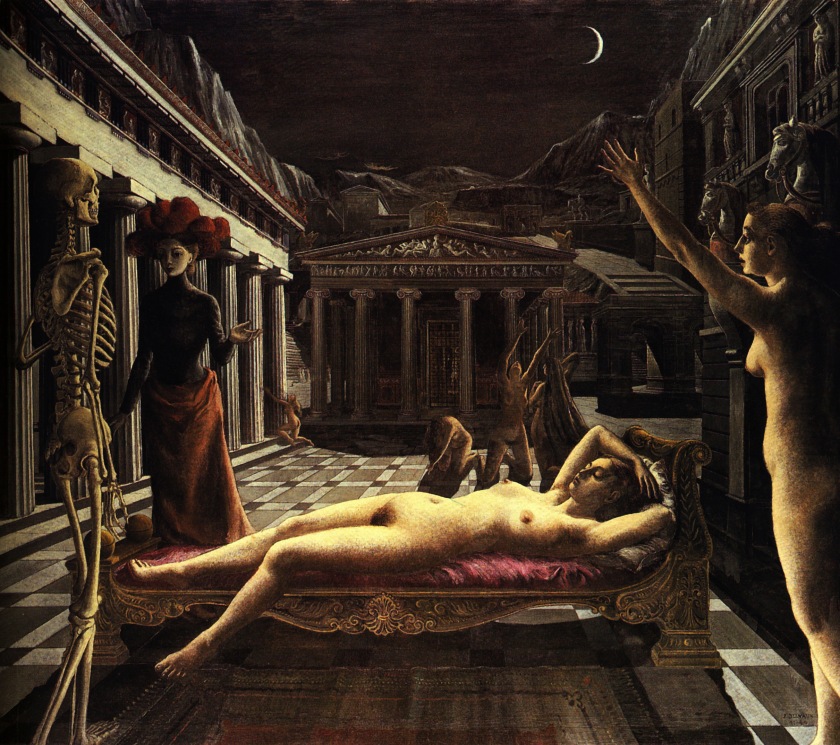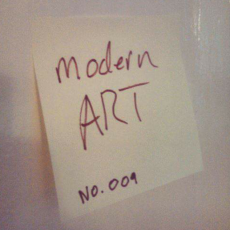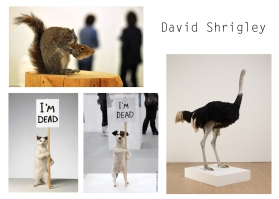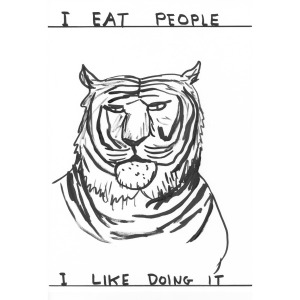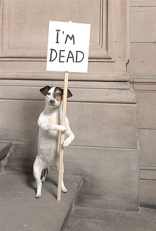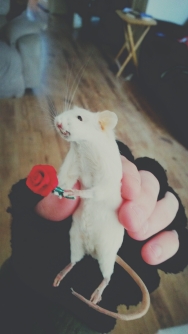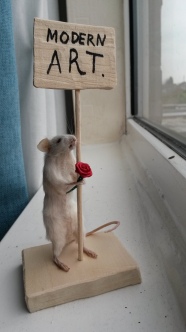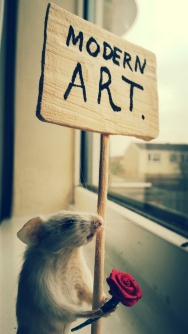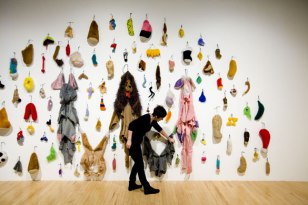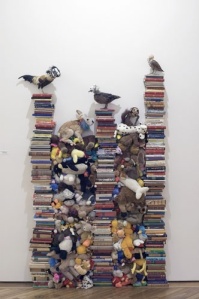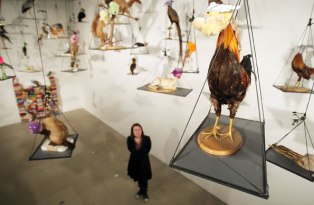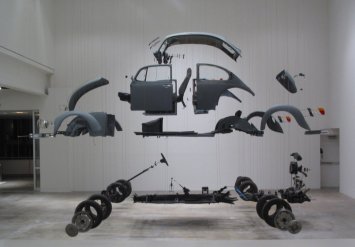The Unconscious Mind and Advertising PowerPoint
UncategorizedD&AD Film Brief
Home, Own work
New Graphics Brief- D&AD Create 3 film posters in the style of a director. My chosen director is Texas born Wes Anderson.
Wes Anderson’s style is unique and absurd. His films often don’t have a plot or a fully understandable story but they are always a 100% joy to watch. Every second of Anderson’s films are like a perfect photograph, the camera work and direction makes every scene a beautiful one and that is something that I feel is pretty unique to Anderson’s style.
Something that is very unique for The Grand Budapest Hotel is that fact that it changes aspect ratio according to the time period the film is in at the time. Not many people will notice this format change but I think one thing Anderson is is a perfectionist, it doesn’t matter than people will or won’t notice slight changes.
All the characters in Anderson’s films use language that seems to be individual and unique to each other this is something i think i could use when create the film posters. The brief is focused around typography so I think using each character’s way of speaking could form a poster.
The colour Pallets of Wes Anderson Films
The Abject Body
Home, UncategorizedAbject – without pride or dignity, self-abasing, low, unhopeful, scummy, miserable.
Beautiful– attractive, pretty, pleasing, good looking.
Today we see both the body beautiful and the abject body all around us. Blood, vomit, urine, faeces, saliva. We come across the abject body much more now than ever before. On social media sites such as tumblr and facebook we see cuts, bruises and blood. On a Saturday night we see vomit on street corners and even in the Ferens art gallery during the 3AM exhibition we see people pissing on the street as a form of art.
Writer of the book ‘Powers of Horror’ the abject refers to the human reaction to a threatened breakdown in meaning caused by the loss of the distinction between subject and object or between self and other.
The abject body is where the boundaries of the body are crossed, internal becomes external.
Bodily fluids are essential to human function but when they cross the bounders of the skin they become a problem to us. The basic functions of the body are hidden away we are almost in denial that blood, urine, tears, saliva, faeces, semen and vomit are a part of being human.
The perfect example of the abject that my tutor used. We swallow our own saliva all the time without giving any thought at all. But what if we were to spit into a cup rather than swallowing, then once the cup is full drink our saliva. I disgusting thought I agree but why? It is still the same saliva that we swallow all the time, is it just that it has been removed from our body?
Religion
The abject body is shown in religion all the time. Christ nailed to a cross by his hands and feet, blood pouring from his body, but I don’t feel repulsed by these images as I do by the idea of drinking a cup of my own spit. Maybe because it’s an image that is accepted and seen frequently in galleries, tattoos and around peoples necks in the form of jewelry.
War
The Chapman Brothers created a series of small scale sculptures titled Disasters of War.
These sculptures showed hanging, torture and generally horrible scenes of violence. The small sculptures were done in almost a playful way they looked like they could be a child’s toys. On the other side we have the very serious and hard hitting photographs of war by Don Mccullin. Mcculin shoots all of the horrors of war, dead and injured solders and families. To me the Chapman Brothers is the most shocking even though there are no real lives lost. The childish way that they have shown the abject body seems almost disrespectful and horrid.
Body as Caracas
Sally Mann and Benetton have shown the the body as a caracas. It is quite shocking to see a lifeless body it is something that isn’t often shown and hardly even spoke about.
What are the ethical problems of making work about the abject body?
Making art about the abject body can clash with many ethical problems. Is it okay to photograph or paint the body as a caracas? One example of this moral and ethical problem comes from photographer Kevin Carter.
Carter captured this famous photograph of a starving child in South Sudan being watched by a lurking vulture in March 1993.
He said that the high pitched whimpering sound of a toddler near the Ayod village attracted him. The girl was taking a rest while struggling to get to a feeding center. He confessed that he waited 20 minutes for the vulture to fly away and when it didn’t, Carter snapped the haunting photograph and chased away the vulture. (The girl’s parents had left her to pick food from a UN plane nearby.)
This image won Carter the Pulitzer Prize but he regretted not helping the child. He was haunted by questions about what happened to the girl. He told an interviewer that after this he smoked cigarettes under a tree and cried.
3 months after receiving the prize Carter committed suicide.
A note was found in which he had written:
“I am depressed … without phone … money for rent … money for child support … money for debts … money!!! … I am haunted by the vivid memories of killings and corpses and anger and pain … of starving or wounded children, of trigger-happy madmen, often police, of killer executioners…I have gone to join Ken if I am that lucky.”
City Centre Ruins – 2018
Own work, UncategorizedMy entry to the Ferens Open Exhibition 2015. The title of the image is 2018, i.e. year after the city of culture. This photo reflects the views of the cynics and the haters. Hull as a post apocliptic waste land after all the glitz, glamour and money has gone…. Not that I think this will be the case at all.
The image is created with own images and 4 copy right free source images. By creating the landscape with real everyday images I think it creates a certain believable realise that drawings and paintings might not have.
Taking around 30 hours the images where placed and manpulated using photoshop and a LOT of groups and layers.
Within my photography I like to create surreal, odd, magical scenes with locations that people still recognise. My main drive for doing this comes from often I hearing that Hull is boring or uninspiring and dull and I guess within my work I’d like to prove the bored, uninspired haters wrong.
(And also I absolutely love creating my own manipulated realties).
I think the themes of this work could both fit in with the everyday and also gothic.
Everyday = Using everyday images to create a work.
Gothic = Decay, dread, ruins melodrama & mistrust.
Contemporary Gothic Art
UncategorizedLouise Bourgeous
Dark, bloody red objects, body parts. Memories of a unhappy childhood. The space is frightening and unnerving it gives the viewer a sense of fear and dread. It also reminds me of the 1980 Stanley Kubrick film The Shining.
Charles Ray
Family Romance consists of four sculptures of the Father, Mother, son and toddler daughter. The father figure who could be seen as the head of the family, top of the hierarchy list has been shrunk down to be the size of the children as well as the mother. A crisis of authority and power.
David Altmejd
Altmejd’s sculpture of a half rotting half eaten magical creature plays with the gothic themes of decay and schlock. And also it could be considered Anti God’s law in the enlightenment time due to the face that Altmejd has created this mythical beast and changed ‘gods’ natural order.
Lnez Van Lamsweede
Again another fantasy creation linking to the theme of Frankenstein and monsters.
Gregory Crewdson
Dramatic, theatrical, fantastical and staged. Like the Gothic themes of mistrust and melodrama Crewdson’s images are set up and false but also give a feeling of unease and nothing is quite what it seems.
Rachel Whiteread
House was a concrete cast of the inside of an entire Victorian house. This work fits perfectly with the Gothic themes of Decay and also the Gothic obsession with ruins new and old.
18th Century Gothic
Own work, UncategorizedThe age of enlightenment started in Western Europe in the 18th century. It was an intellectual movement focused on reason and science in philosophy and the study of human culture and the natural world. People at this time believed that knowledge leads to fulfillment and happiness and that religion was only superstition. Science requires proof therefore it can be believed unlike superstitious religion.
Not everyone agreed with the age of enlightenment (or also known as the age of reason). Reason was about law, order and hierarchy. Philosophers Vico and Herder could see the problems, the rationalists needed the irrational to survive. After all you can’t have rational without irrational and so Gothic was born.
Gothic loved rebelling established authority, it was the opposite to the age of reason. Gothic focused on subjects such as power, decay, dread, anti God’s law, schlock, melodrama, mistrust and sado-masochism.
Decay
In architecture a fascination for old ruins and new ruins made to look old. Then moral decay, bodily ruin and emotional ruin. Ethical decay, today we have graffiti, terrorist bombings and ruins of shops and businesses failing.
Dread
Dread was believed to encourage fear and therefore respect. The Gothic embraced autocracy. It thrived on monsters, vampires and the evil within. The opposite to what the age of reason wanted.
Anti God’s Law and Sado-masochism
Fetishist decoration and mutilation of the natural order. Domination and submission, master and slave, superiority and inferiority.
Schlock
The gothic style perused schlock for its own distinct atmosphere, vocabulary and furniture.
Melodrama & Mistrust
Dramatic, theatrical, fantastical and staged. Gothic yet again is everything that the Enlightenment age was trying to avoid. Everything is false, nothing is real or what it seems to be.
David Emin – The Modern Art Mouse.
Home, Own workPlay at 2:18 min
Tracey Emin on being told that her bed isn’t art –
” just screamed louder and said yes it is, its my art”
I liked this idea that by being an artist you can clam anything is artwork, so I took it to the extreme and had fun with the idea that if I were an artist I clam everything as ‘Modern Art’.
And to make sure that everyone knew these things were modern art I began to put sticky notes everywhereeeee! Buses, walls, people, signs, pretty much anything I came across had been given the title of Modern art.
Shortly after my sticky note escapades I came across David Shrigley‘s work and loved his tongue in cheek attitude.
Well within a few days it was my cousin’s 16th birthday and she give me the task of getting her something different, that nobody else would ever get her. Of course I accepted this challenge and immediately searched eBay for a taxidermy creature.
One of my favourite works by Shrigley was the animals with signs, and what could be a more perfect gift for a girls 16th birthday?! And yes I know that this idea isn’t original and is stolen from Shrigley but as a gift I think it is fun and had to be done.
And of course I named him David Emin to honor the artists that I stole from to create him.
The Sense of Self
Home, Own workIn the book Philosophy bites again Galen Strawson and Nigel Warburnton talk about ‘The Sense of Self’
“’Know thyself’ was a popular aphorism with the ancients, but it isn’t that clear what this means. What is the self? Is it fixed? And should we spend our lives trying to uncover its nature? Is that being true to oneself? Or is the self, as the existentialists believe , something we create and revise as we go along? And what is the link between the self and character?” – David Edmonds asking the question of what is self?
Strawson on character says –“ Imagine that you are wearing pink spectacles through which you view the world, and you just assume the world is pink – it doesn’t occur to you that you’re wearing pink spectacles. I think your own character is a bit like that. It’s something you see the world through, and so it doesn’t really feature as an object of experience for you. It just conditions everything and it’s invisible to you.”
Warburnton- “and yet people around you are likely to make all kinds of attributions about your characters and believe that you’re an angry person, or that you’re a kind person.”
Is our own sense of self in other people’s opinions of us? I think if this was the case it would be a very superficial self. Our character changes depending on who we’re interacting with, where we are and what is happening. So how can anyone really get a full sense of who we truly are on character alone? I don’t think so.

